José del R. Millán
Applying Transfer Learning To Deep Learned Models For EEG Analysis
Jul 02, 2019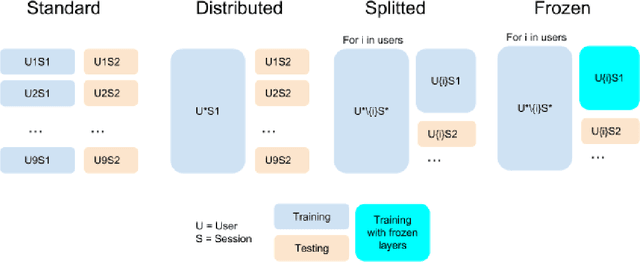
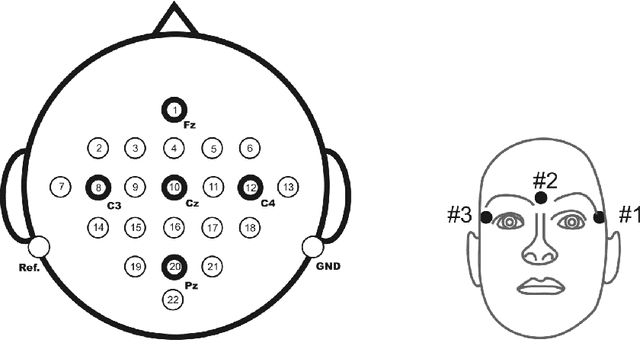
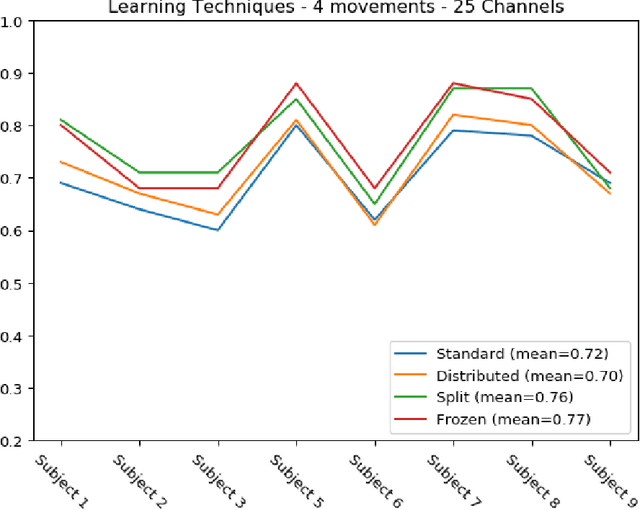
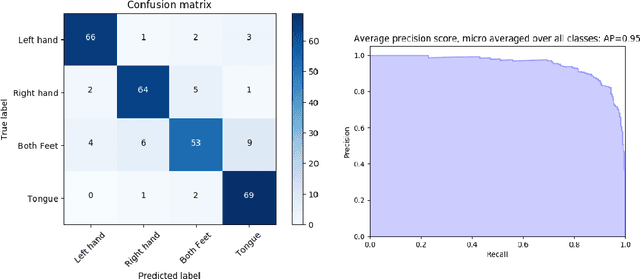
Abstract:The introduction of deep learning and transfer learning techniques in fields such as computer vision allowed a leap forward in the accuracy of image classification tasks. Currently there is only limited use of such techniques in neuroscience. The challenge of using deep learning methods to successfully train models in neuroscience, lies in the complexity of the information that is processed, the availability of data and the cost of producing sufficient high quality annotations. Inspired by its application in computer vision, we introduce transfer learning on electrophysiological data to enable training a model with limited amounts of data. Our method was tested on the dataset of the BCI competition IV 2a and compared to the top results that were obtained using traditional machine learning techniques. Using our DL model we outperform the top result of the competition by 33%. We also explore transferability of knowledge between trained models over different experiments, called inter-experimental transfer learning. This reduces the amount of required data even further and is especially useful when few subjects are available. This method is able to outperform the standard deep learning methods used in the BCI competition IV 2b approaches by 18%. In this project we propose a method that can produce reliable electroencephalography (EEG) signal classification, based on modest amounts of training data through the use of transfer learning.
Exploring Embedding Methods in Binary Hyperdimensional Computing: A Case Study for Motor-Imagery based Brain-Computer Interfaces
Dec 30, 2018
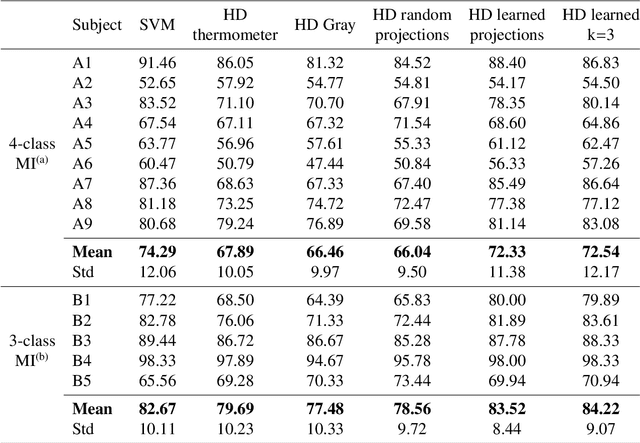
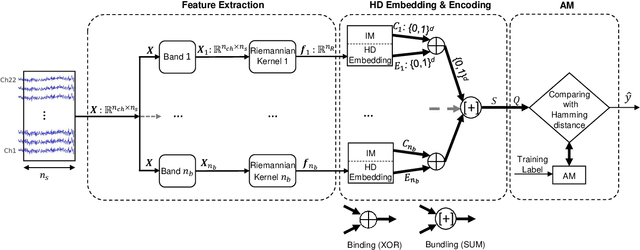
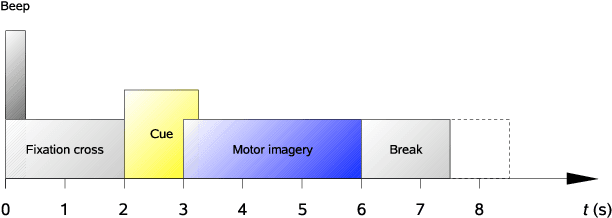
Abstract:Key properties of brain-inspired hyperdimensional (HD) computing make it a prime candidate for energy-efficient and fast learning in biosignal processing. The main challenge is however to formulate embedding methods that map biosignal measures to a binary HD space. In this paper, we explore variety of such embedding methods and examine them with a challenging application of motor imagery brain-computer interface (MI-BCI) from electroencephalography (EEG) recordings. We explore embedding methods including random projections, quantization based thermometer and Gray coding, and learning HD representations using end-to-end training. All these methods, differing in complexity, aim to represent EEG signals in binary HD space, e.g. with 10,000 bits. This leads to development of a set of HD learning and classification methods that can be selectively chosen (or configured) based on accuracy and/or computational complexity requirements of a given task. We compare them with state-of-the-art linear support vector machine (SVM) on an NVIDIA TX2 board using the 4-class BCI competition IV-2a dataset as well as a new 3-class dataset. Compared to SVM, results on 3-class dataset show that simple thermometer embedding achieves moderate average accuracy (79.56% vs. 82.67%) with 26.8$\times$ faster training time and 22.3$\times$ lower energy; on the other hand, switching to end-to-end training with learned HD representations wipes out these training benefits while boosting the accuracy to 84.22% (1.55% higher than SVM). Similar trend is observed on the 4-class dataset where SVM achieves on average 74.29%: the thermometer embedding achieves 89.9$\times$ faster training time and 58.7$\times$ lower energy, but a lower accuracy (67.09%) than the learned representation of 72.54%.
Context-aware learning for finite mixture models
Jul 29, 2015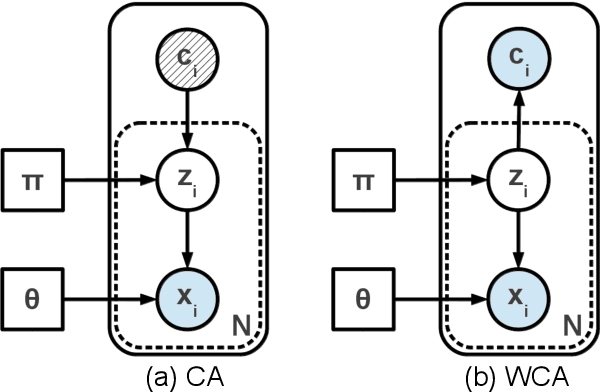



Abstract:This work introduces algorithms able to exploit contextual information in order to improve maximum-likelihood (ML) parameter estimation in finite mixture models (FMM), demonstrating their benefits and properties in several scenarios. The proposed algorithms are derived in a probabilistic framework with regard to situations where the regular FMM graphs can be extended with context-related variables, respecting the standard expectation-maximization (EM) methodology and, thus, rendering explicit supervision completely redundant. We show that, by direct application of the missing information principle, the compared algorithms' learning behaviour operates between the extremities of supervised and unsupervised learning, proportionally to the information content of contextual assistance. Our simulation results demonstrate the superiority of context-aware FMM training as compared to conventional unsupervised training in terms of estimation precision, standard errors, convergence rates and classification accuracy or regression fitness in various scenarios, while also highlighting important differences among the outlined situations. Finally, the improved classification outcome of contextually enhanced FMMs is showcased in a brain-computer interface application scenario.
 Add to Chrome
Add to Chrome Add to Firefox
Add to Firefox Add to Edge
Add to Edge